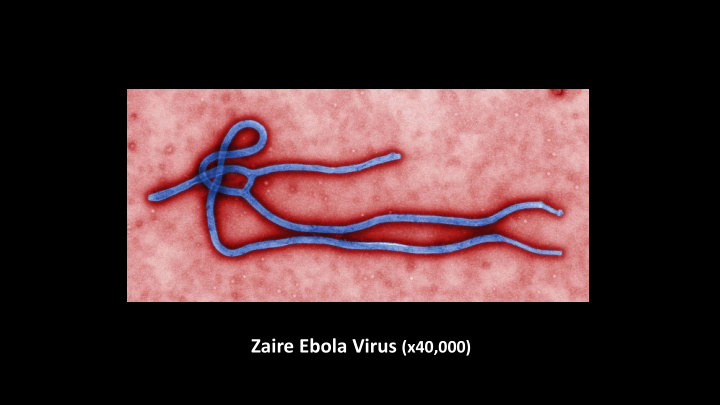



Zaire Ebola Virus (x40,000)
Congo
N Engl J Med 2014;371:1375
N Engl J Med 2014;371:1418
As of November 11, 2014
Secondary Transmission 1976 Zaire • 5.6% among all family contacts – maximum, 15% • Highest risk with delivery of child 1985 Congo • 16% household contacts • No cases without physical contact 1996 South Africa • healthcare workers exposed to an infected, undiagnosed physician: one secondary case due to blood contact – more than 300 providers using standard precautions exposed
Ebola Virus Disease • Usually abrupt onset 5 – 10 days after “exposure.” • Initial symptoms: fever, headache, malaise, anorexia, myalgia, arthralgia, sore throat, retrosternal pain, conjunctival injection, lumbosacral pain, rash. • Gastrointestinal symptoms follow in first few days: nausea, abdominal pain, vomiting (67%), diarrhea (66%).
EPIDEMIOLOGY OF EBOLA VIRUS DISEASE Anthony L. Esposito, MD Chief, Department of Medicine Hospital Epidemiologist Saint Vincent Hospital Professor of Medicine University of Massachusetts School of Medicine
Thank You
E bola River, 1976
Recommend
More recommend